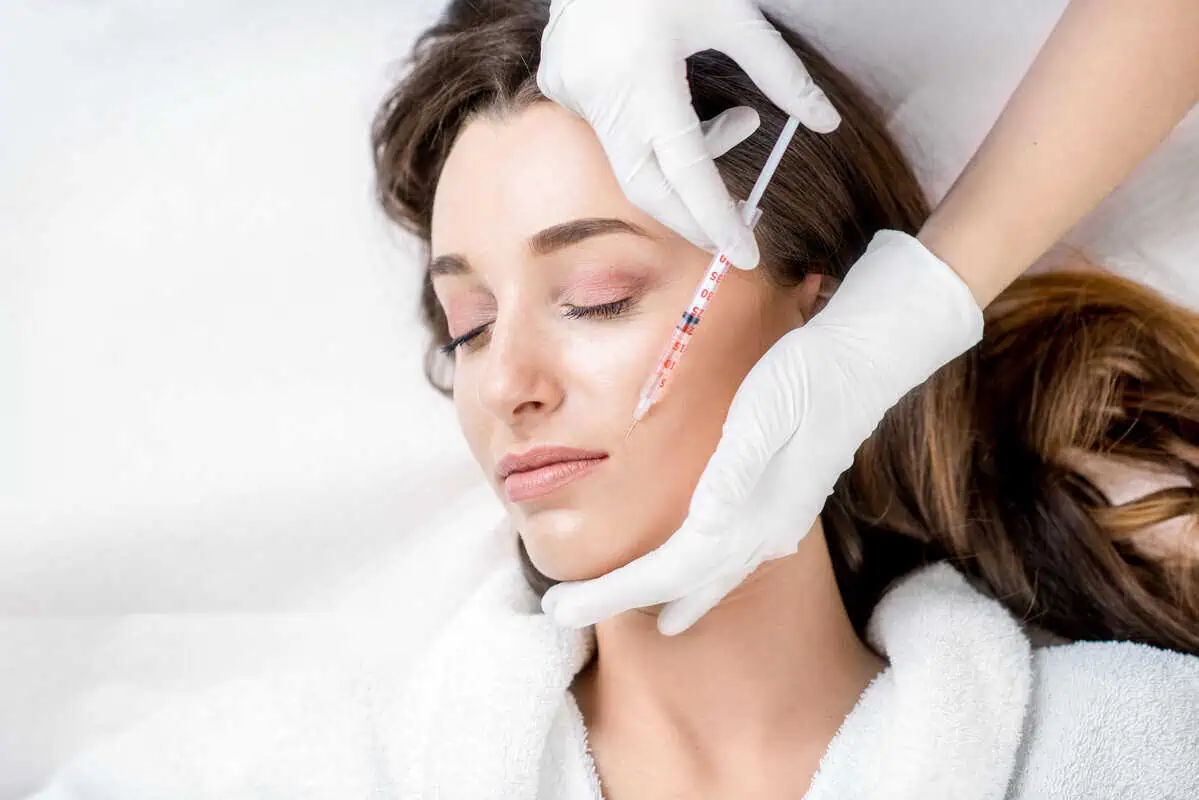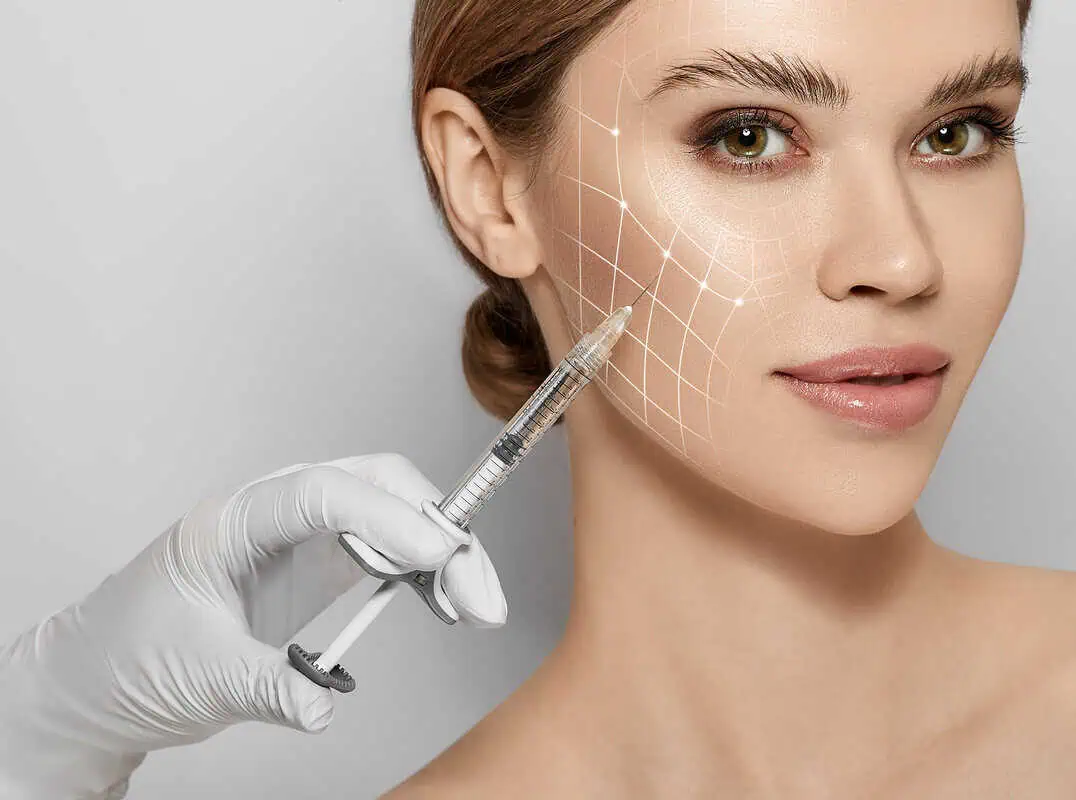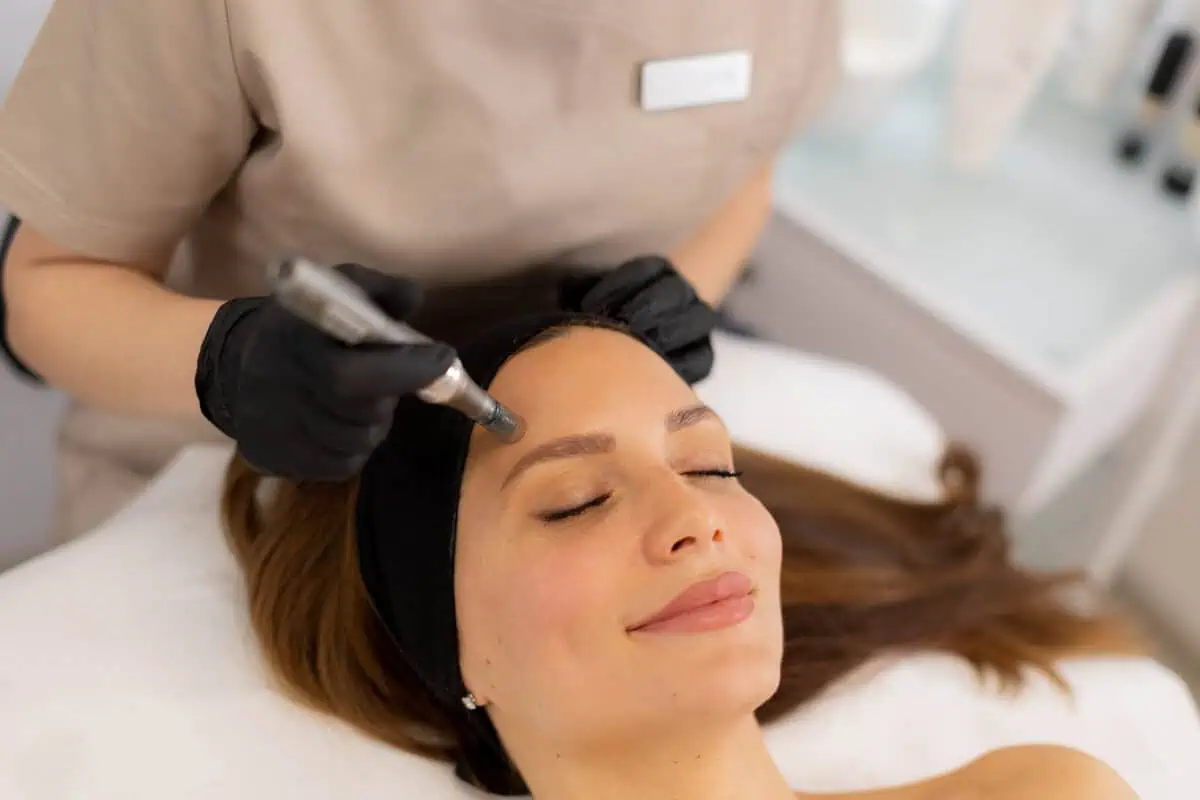Chemical peels are becoming one of the cosmetic treatment favorites because of their high versatility and convenience. However, chemical peels have drawbacks, mainly in the form of side effects. This post focuses on the side effects of chemical peels, as well as the benefits of different types of treatment.
What is a Chemical Peel?
In a chemical peel, the top layers of skin are removed by applying a chemical solution to the skin. The skin that regenerates is softer. You might need a light or medium peel multiple times to obtain the desired results.
Scars, discolored skin, and wrinkles are all commonly treated with chemical peels on the face. They can be carried out independently or alongside other cosmetic operations. They can also be carried out at various depths, ranging from light to deep. Deeper chemical peels produce more dramatic effects but require more time to heal.
One of the least intrusive and most often used non-surgical skin rejuvenation techniques is chemical peeling. A range of medical-grade chemical peels is available at Health & Wellness Spa for light to moderate skin regeneration. We can alter the treatment times and outcomes for a chemical peel to match each patient’s unique needs.
During your initial consultation, Health and Wellness Spa staff will assess your skin’s health and address any concerns you may have. Chemical peels can also be applied on the neck and hands in addition to the face.
Types of Chemical Peels
Chemical peels have hundreds of types, but we can categorize them into three general characteristics.
A chemical peel is a method of skin resurfacing. You can select a chemical peel is one of three depths, depending on the concerns you’re trying to address with the procedure:
- Light chemical peel: The skin’s outer layer is removed by a gentle (superficial) chemical peel (epidermis). It treats dryness, uneven skin tone, fine wrinkles, and acne. Every two to five weeks, you can receive a mild peeling.
- Medium chemical peel: Skin cells from the epidermis and some of the upper layers of your middle layer of skin are removed during a medium chemical peel (dermis). Uneven skin tone, acne scars, and wrinkles are treated with it. You might need to repeat the process to get or keep the desired result.
- Deep chemical peel: Even more skin cells are removed during a deep chemical peel. Your doctor might suggest one for more severe wrinkles, scars, or precancerous growths. You won’t need to repeat any steps to achieve the desired results.
Side Effects of Chemical Peels
Several adverse outcomes of a chemical peel include:
- Redness, scabbing, or swelling: Skin that has had a chemical peel typically becomes red after healing. There may be redness for a few months following a mild or deep chemical peel.
- Scarring: Scarring can occasionally result in a chemical peel; this usually happens on the lower face. These scars can be made less noticeable by using steroid and antibiotic medications.
- Alterations in skin tone: A chemical peel may result in the treated skin becoming either lighter or darker than usual (hyperpigmentation) (hypopigmentation). After minor peels, hyperpigmentation is more frequent, while hypopigmentation is more frequent after deep peels. People with brown or black skin experience these issues more frequently, sometimes resulting in permanent complications.
- Infection: A chemical peel can produce a bacterial, fungal, or viral infection, such as a cold sore outbreak or an outbreak of the herpes virus.
- Liver, renal, or heart problems: Carbolic acid (phenol), used in a thorough chemical peel, can harm heart muscle and cause the heart to beat erratically. The liver and kidneys can both be harmed by phenol. A deep chemical peel is performed in portions over 10- to 20-minute periods to reduce phenol exposure.
The first two side effects of chemical peels listed above are typical and should be expected. The recovery time for those symptoms varies depending on the strength and type of the peel. If you experience skin tone changes, infection, liver, renal, or heart problems, it is best to contact your medical professional immediately.
Are Chemical Peels for Everyone?
Not everyone should get a chemical peel. In the following situations, your doctor might advise against a chemical peel or specific chemical peels:
- Have you taken isotretinoin, an oral acne medicine, in the last six months (Myorisan, Claravis, etc.)?
- Have ridged areas brought on by an expansion of scar tissue in your past or family history (keloids)
- are expecting
- Have frequent or severe cold sore breakouts
Benefits of Chemical Peels
Chemical peels have a wide range of benefits. They can:
- Makes skin texture better
- Reduces sun damage and pigmentation
- Reduces wrinkles & fine lines
- Stimulates the formation of collagen and elastin
- Keeps skin cancer at bay
- Hydrates the skin more
- Increases cell turnover
Another significant benefit of chemical peels is that they are highly customizable and convenient. They can treat the following skin conditions:
- Wrinkles and fine lines
- Acne
- Small scars
- Redness
- Rosacea
- Hyperpigmentation
- Age, liver spots, and sunspots
- Freckles
How Long Before the Results of a Chemical Peel Show?
The results will start to show up after a few days. Skin peeling won’t happen after some mild peels. To achieve a lighter, more even complexion without peeling, the skin exfoliates more quickly. After seven days, the complete outcomes are typically discernible.
Last Word: A Summary
There are many types of chemical peels, each with its benefits. However, we can divide them into three general groups: light, medium, and deep peels.
A gentle chemical peel reduces the visibility of fine wrinkles while enhancing skin tone and texture. Though slight, the effects are more potent with each session.
Your skin will be considerably smoother after a medium chemical peel.
You’ll notice a significant improvement in the appearance and texture of the treated regions following a deep chemical peel. Results might not be long-lasting. New wrinkles and variations in skin tone might develop over time due to aging and sun damage.
You may also experience side effects after a chemical peel. Consult a professional to get detailed information about the risks and benefits of chemical peels. You can reach Health and Wellness Spa at 434-933-3318, info@cvillehealthspa.com, our contact us page, or 1560 Insurance Lane, Charlottesville, VA 22911.





